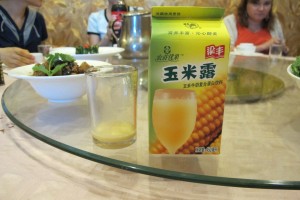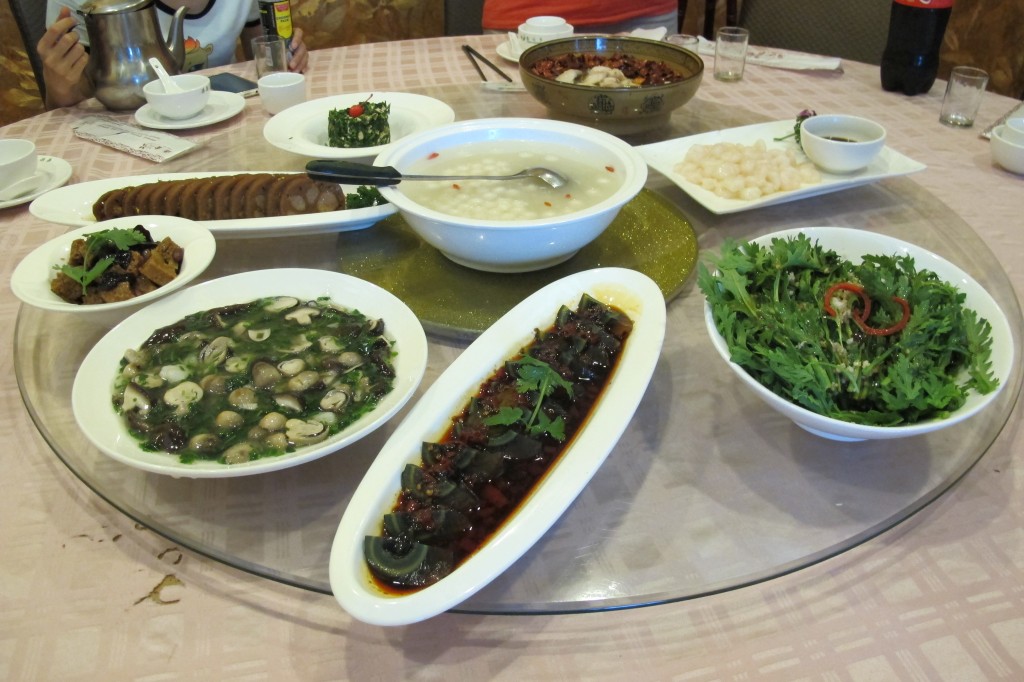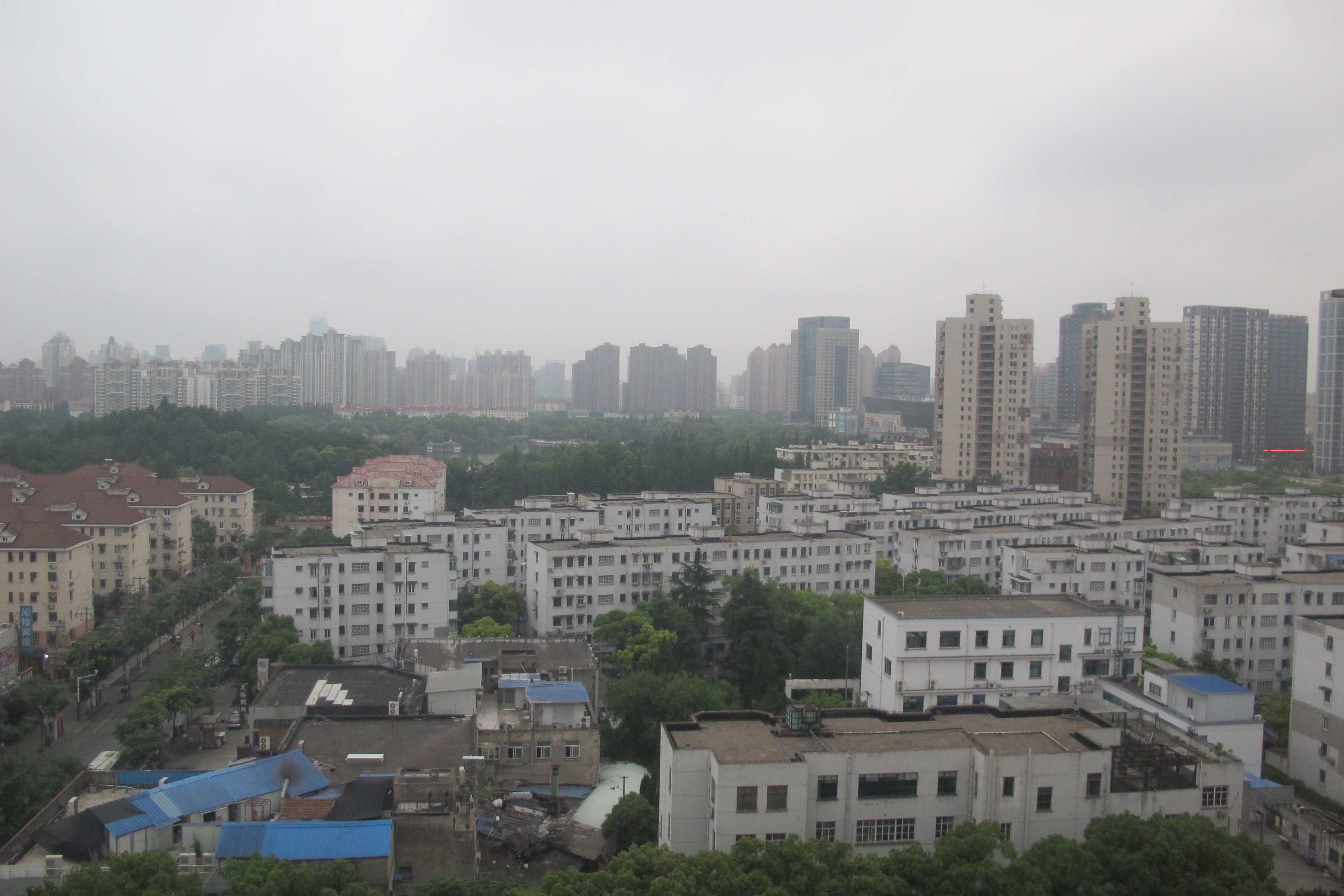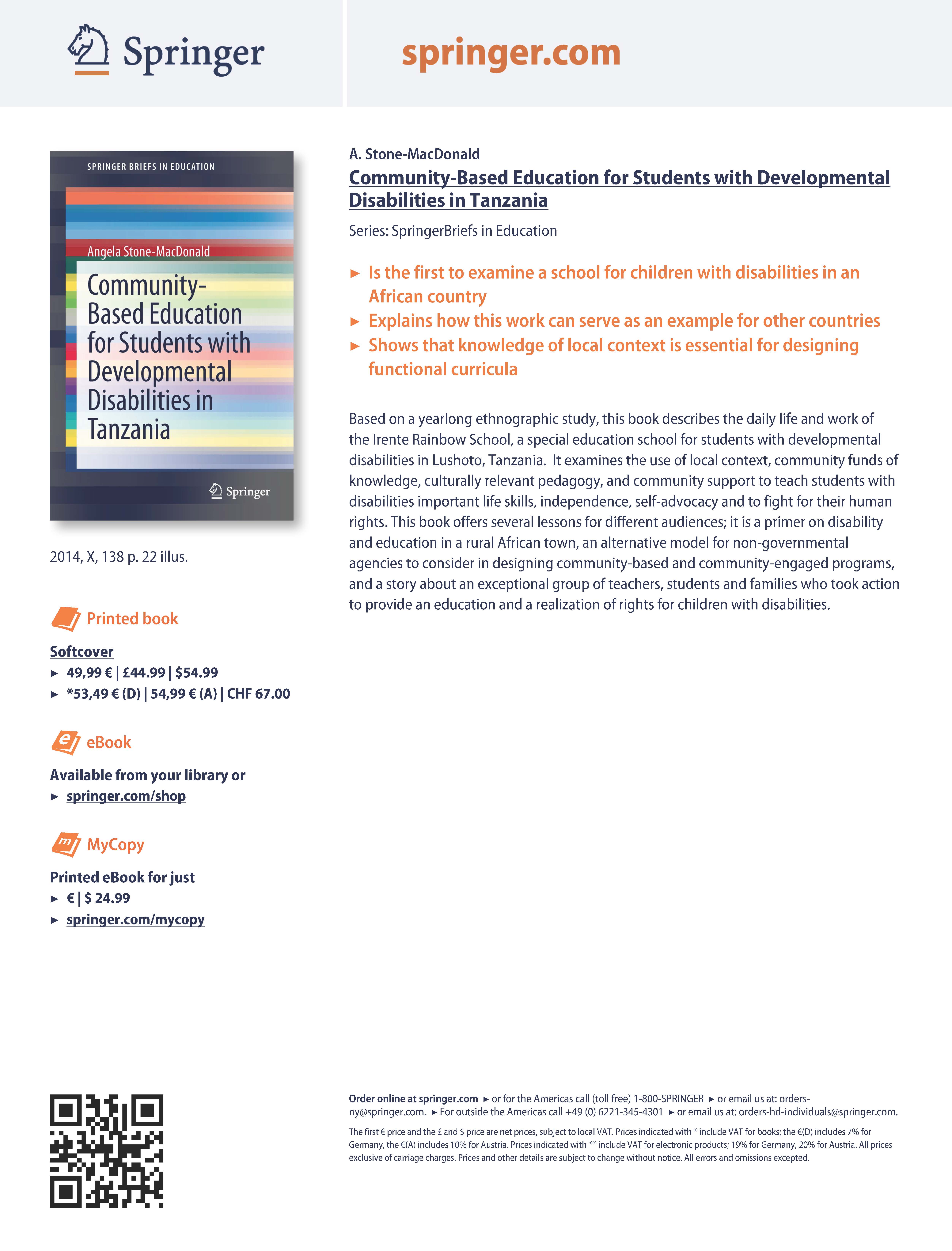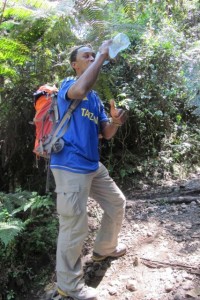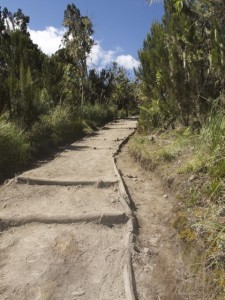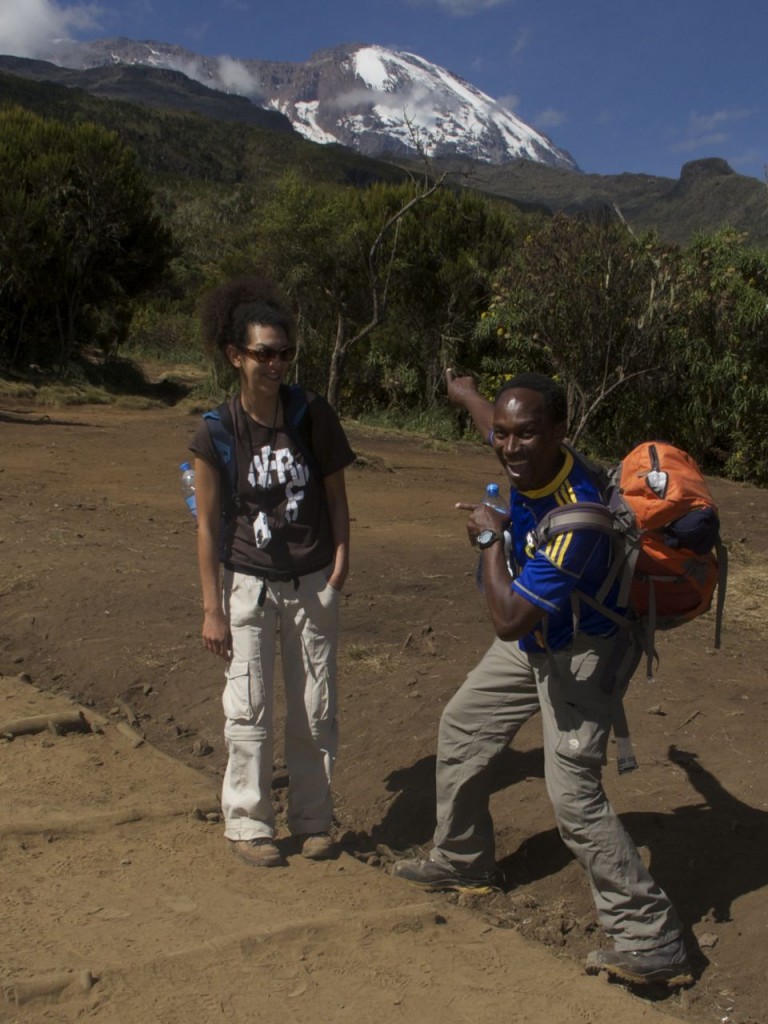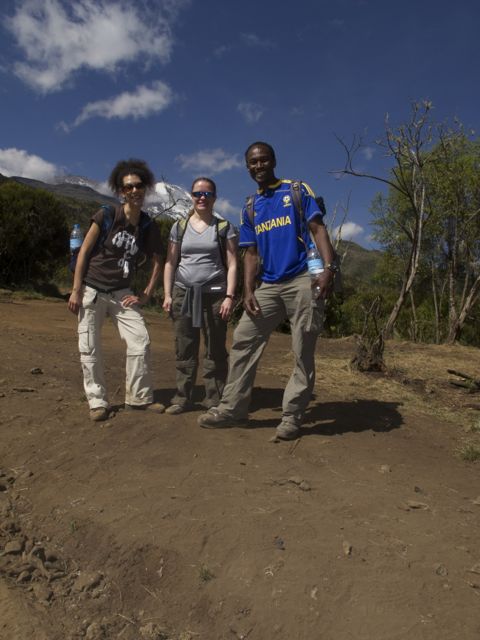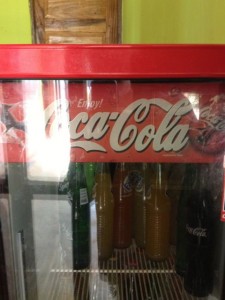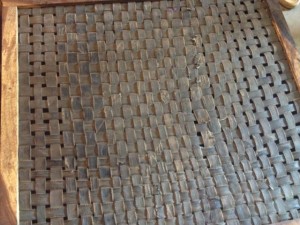Day 1 –June 9, 2014
While there are many wonderful highlights to this trip of different kinds, we definitely took a lot of pictures of the food. Overall, we very much enjoyed the food that we ate found it all very tasty. On our first day for lunch with the graduate students and Dr. Yang, they took us to a nearby restaurant and we sat in a private room with a large lazy susan on the table. This would prove important in sharing all the food. After we got our drinks, we ordered from the pictures. They had a little square area with pictures on three sides of all the food options. We learned that the Shanghai style food tends to be a little sweeter, but there were also Szechuan style spicy options as well. We told the students to pick traditional dishes of Shanghai, but that we also liked a little spicy. They asked us if we liked fish or beef or pork and then would order. We didn’t know what we were going to eat but were willing to try it. All of the options were wonderful.
We also learned about some of their interesting juices. Corn juice is very popular and it tasted just like drinking the juice in creamed corn.
Here are wonderful student lunch companions in a picture taken at the university in their department. Meng Lu Tu (Tutu) is a first year Master’s student, Qianqian Pan is a graduating Master’s student who will go to a doctoral program in the US in the Fall, and Zhen Zhao is a first year Master’s student. All of them have been helpful and contributed a lot of time during our stay and also contributed a lot during our presentations. Qianqian and Zhen Zhao were especially helpful picking us up from the airport and taking us all around the city and answering our questions. We are very grateful to them.
During this meal, we ate lotus root with rice inside, a sweet soup with balls made of a kind of flour, some very good spicy fish, steamed shrimp, a tofu dish that was also wonderful, 100 year old eggs (pickled or preserved eggs), a mushroom dish, a beef dish, and a dish that looks like a tabuleh salad but it was it was warm with the greens and had a different but fresh flavor. I took the picture before all the food came.
Everything was wonderful, but after some lovely conversation with Dr. Yang and the students, it was time to explore the city. Qianqian was our guide for most of the day and then Zhen Zhao joined us for dinner and stayed with us for the evening.
We started with a taxi ride to our first destination, the Yuyuan Garden. Traffic in Shanghai is more congested than Boston and the driving is definitely more aggressive, although I didn’t find it concerning at all. All of our taxi rides were good and didn’t take an incredibly long time or I never felt we were sitting in traffic for an extra long time. But, there are so many buildings to look at and things to see that it is very entertaining. As a pedestrian, you are one of many, and it is a good idea to go only when the green person tells you, but you still need to watch for motorcycles, bikes, and turning cars, because they will go regardless of the indicator for the pedestrian turns. It is a dance between all of those people to move about the city. There are many motorized bicycles or mopeds.
